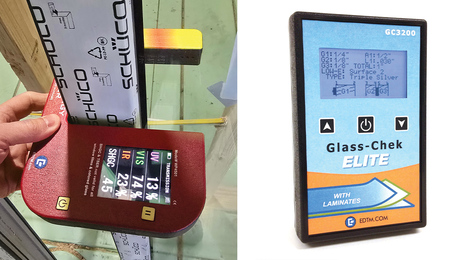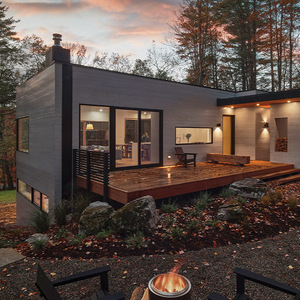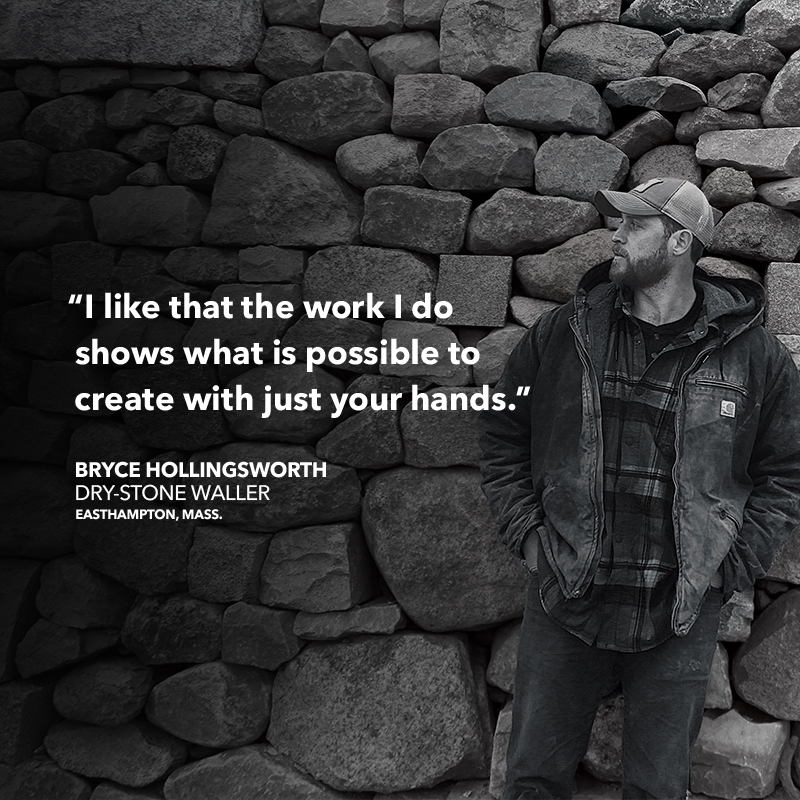I just had excavation done in the front of my house to put in a new porch with cold storage underneath. Work was finished about 3 weeks ago. I’m on Toronto, Ontario, Canada, and when the contractor came to back fill around the concrete blocks, the ground was frozen with a layer of ice and snow. I know that in spring I would expect settling and need to add topsoil for planting. The soil is very heavy clay.
Yesterday we had a thaw and lots of rain, this caused extreme sinking of the backfill, it would seem a lot of what got dumped in was ice. I have 2 foot deep drops in some places.
At the bottom I have a soupy syrupy mess of clay with a lot of water. It seemed to me that it was a good idea to tamp this down with a long 2×4 and add additional clay soil from the extra that he left me and tamp more to get rid of air pockets. This way,in spring, there would be less settling and I can plant with less risk.
Another contractor doing work, said it was not necessary to spend all that time, and that in Spring it will settle in a few days. I had previous eperience with a drain replacement done in Winter, that took 2 years for the soil to settle completely during which time it was only safe to plant annuals and I hat to keep adding more topsoil.
Am I right to do the tamping or should I should I just shovel in the soil
Edited 2/12/2009 11:46 pm ET by BobRat



















Replies
Clays absorb water, and will expand/contract as the moisture level changes.
Adding just granular soils, will help stablilize things. Depending on which clay, you might be able to add some quick lime to stiffen it up, and make it less water sensitive.
tamp
would you still use the power tamper around the CMUs they used for the walls?
ETA OP uses the term concrete blocks which i fugger to be CMUs.
Edited 2/13/2009 7:59 am ET by john7g
If it freezes hard again with wet clay tramped in tight, I would expect it to blow out a block wall.
Welcome to the Taunton University of Knowledge FHB Campus at Breaktime. where ... Excellence is its own reward!
I was thinking gravel/stone would be better than pushing the loose clay down, and if loose now, dig it by hand and replace with gravel/stone but our clay isn't that expansive here so I'm just guessing.
That sounds bad - but what I tamped down yesterday was very water filled clay almost liquid and it was heavy raining at the time. I'm assuming the extra water will still seep down to the drainage over the next day. That stuff was about 18" below ground level. The soil I put above that - I just shoveled in and did not tamp down yet. Also since I'm only using a 2x4 and recovering from a broken wrist I'm not tamping that hard - just trying to get big air pocket out of the mix.
LOL I have no idea what CMU's are, and no power tamper, it's just me dumping in shovels of wet clay and ramming them down with a long 2x4, along most of the will I only have about a 1 foot opening, but lower down it widens cause the top level of soil is still frozen solid, and the rain loosend the soil under it.Part of the rwason for tamping it to force the soil I dump in to spread under the frozen top layer. If it stays above freezing fro a few more daya I don't have to do that since the top layer will melt and fall in.
CMU = Concrete Masonry Unit = Generic term for block or similar.
I don't knwo how expansive your clay is but you need to be concerned with the drainage at the footings (like Pif mentioned) if there is any (soupy syrupy mess) make sus think there may not be any drainage. Some cases the clay is so expansive (expands) that when it gets packed tightly and settles and dries and settles more, the next moisture introduced will cause it to expand/swell again. If it has no where to go, it'll make it's own path and that's usually through the block wall. Check with your locals to see if this is an issue with your clay.
The issue with his clay is the 48" of frost to contend with and an unheated space.
Not only does the clay expand when wet but further expands when freezing.
I don't see a need to tamp, but it doesn't make much difference since you are using heavy clay. That means you have a future job of dealing with replacing failed drainage system
Welcome to the
Taunton University of Knowledge FHB Campus at Breaktime.
where ...
Excellence is its own reward!
Sorry in the OP I forgot to mention that at foundation level new weeping tile was installed that leads to a sump pump inside. That was covered with 1 to 2 feet of gravel. So I assumed the clay cant get down and block the drainage.
If there is also landscape fabric to keep the fines out of the gravel, the drainage itself should be OK then, but if you have no fabric or even straw mat, then the fines will migrate in the water moving and clog things up.we have clay and water here and never use clay to backfill. Too much pressure on the wall.
Welcome to the Taunton University of Knowledge FHB Campus at Breaktime. where ... Excellence is its own reward!
The clay slop will quite happily run down through the gravel to the weeper unless filter cloth or other membrane was installed over the gravel
There was some kind of cloth (like a sock wrapped around) on part of the weeping tile tubing- but I don't think across the whole length. Why would he have failed to cover it?From watching all the other work he did on excavating and pouring concrete and finishing he seemed to be paying attention to detail and doing a quality job.Also, the house was built in 1950 and all the subsoil is heavy clay -- if expansion of the clay due to freezing is a problem, would I not have seen cracks in the existing walls below ground?
The 1'-2' of gravel should heve been covered too.
Virtually no one ever does but that does not make it right.
1950's construction with probably no insulation on block walls for early part of life and cheap energy allowed for keeping the clay soils from freezing up against the house.
Move forward to present day efficiencies and unheated cold storage room the situation your outcomes could be completely different.
True, so I still have no insulation in the basement and I guess I should keep it that way.
Not necessarily.
Insulating and finishing basements adds useful space but can reveal previously unknown issues regarding dampness and drainage.
Ever notice how many old finished basements stink of damp?
Failure to understand the dynamics of subgrade construction leads to all kinds of unpleasantness.
Many 1950's basements were never intended for occupation so comprehensive drainage and damp proofing were less important.
Nowadays we have Delta MS and granular fill and plastic drainage tile to create a system that make that space liveable for the troglodytes among us.
Oh for sure, the same contractor that I have did a basement refinish for a neighbor down the street on the same style house I have. I shudder to think how it was done.I've told several people to seriously avoid basement refinishing unless its done totally perfectly and not through some cut rate contractor.My house when I bought it had been partially finished, including wall to wall carpet. When the washing machine sprang a leak I ended up with a flood since the carpet was laid over the floor drain. Damage was in the thousands. The insurance paid for everything and when I said not to replace the carpet, gave me a cash settlement.
Clay backfill against a block wall cold storage room is a recipe for disaster as Piffen has suggested.
Blown out block wall and drainage problems would almost be guaranteed in a clay backfill / freeze thaw situation.
Should have been granular backfill.
The hydraulic force of that freezing muck near the top of the wall against the unheated space will be tremendous.
Dig it out now before you suffer future aggravation. HTH